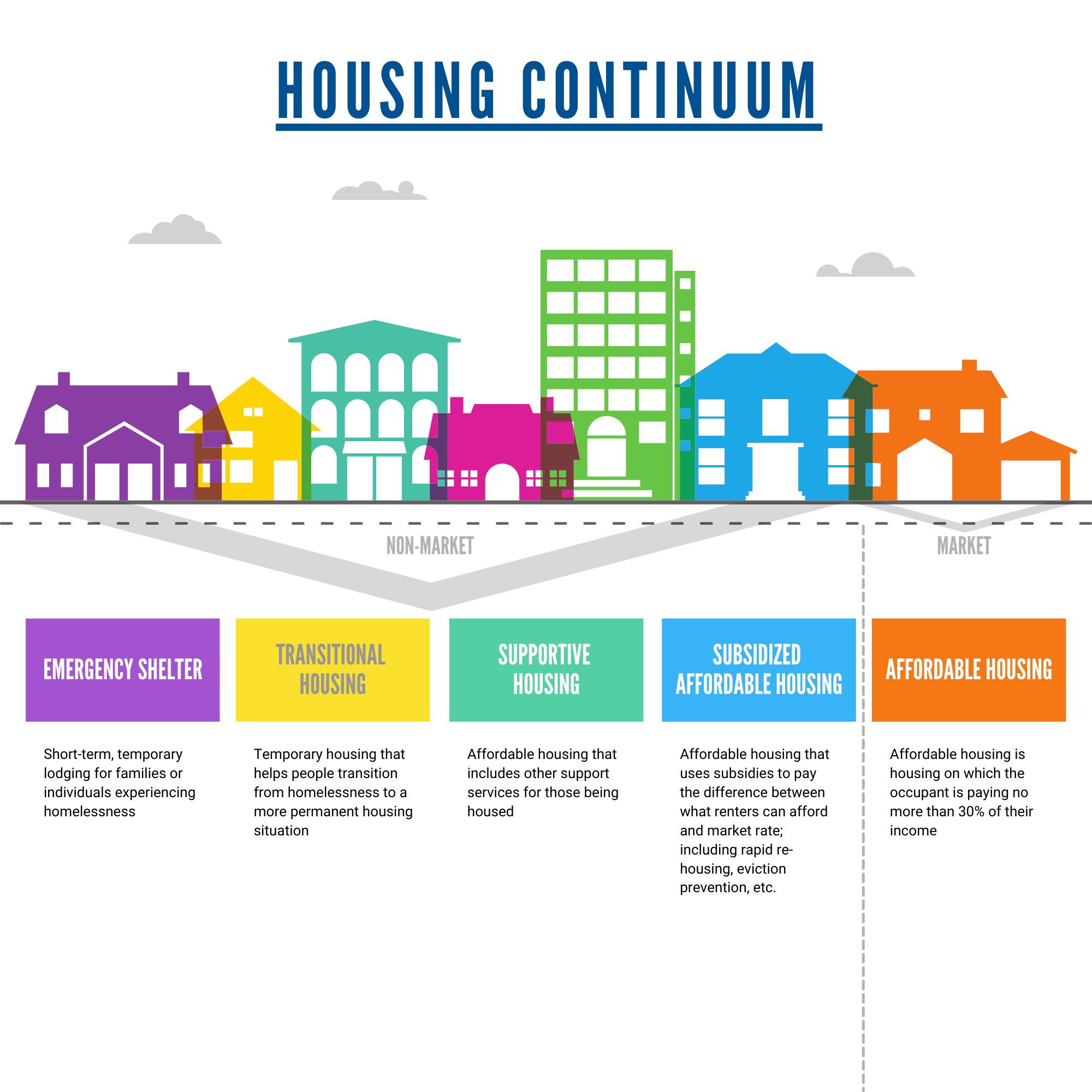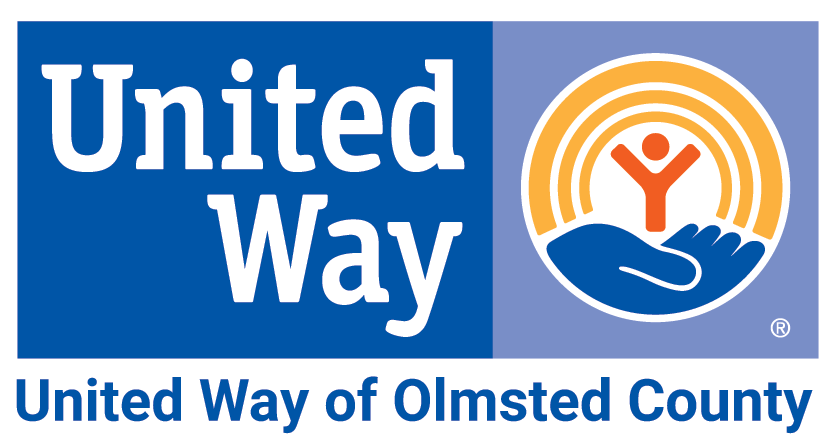
Why Housing Stability?
Housing is a basic need for all people. Having a stable housing situation can help families and individuals to build stability in other areas of their lives. It can relieve financial stress, improve mental health, support community connectedness, and increase access to other services. Housing stability strategies include but are not limited to affordable housing, supportive housing, emergency shelters, eviction prevention, rapid re-housing, subsidized housing, and transitional housing.
Housing in Olmsted County
Maxfield Research and Consulting, LLC conducted a Comprehensive Housing Needs Analysis for Olmsted County, Minnesota, to project the housing demands from 2020-2030 and provide recommendations of county needs, in order to satisfy the demands for both current and future residents (Maxfield, 2020). Over the past decade, Olmsted County’s population growth has increased by 23,638 people while only 8,083 new homes have been added. Olmsted County’s population is only expected to continue growing over the next decade.
An estimate of over 18,000 new housing units must be developed for the projected needs of 2030. This will shift the housing market both in home sales and rentals. Olmsted County is home to 15,640 renter households. To be able to afford a 2-bedroom apartment in this county, renters need to make a minimum of $18.44 an hour or $38,360 a year (Norton, 2019). This means an individual needs to work 1.9 full-time jobs at minimum wage to live in common rental housing. This system is not sustainable nor able to provide housing stability of all people.
The term “housing continuum” refers to the wide variety of housing needs along a spectrum of cost, affordability, and need. This continuum includes emergency shelter for people experiencing homelessness, transitional and supportive housing, low-income rental, market rate rental, and homeownership opportunities (Smith, 2020). If one portion of the housing continuum is experiencing challenges, it can disrupt the entire housing continuum.

Needs and Potential Solutions
In Olmsted County there are needs across the housing continuum for support. There is an incredible burden on the housing continuum in emergency shelter, transitional housing, and supportive housing. This is not only due to a lack of capacity, but the inability of those utilizing these services to move into affordable housing. To alleviate pressures on these programs, United Way of Olmsted County is interested in investing in programs that support people in accessing or maintaining affordable housing. These interventions may look like rapid re-housing, eviction prevention, housing rehabilitation, subsidized housing, etc.
Preserving the existing home capacity is more cost effective than building new. Another potential solution is to increase preservation resources and target homes most at risk of being lost (MHFA, 2019). Our current tight rental market results in landlords screening potential renters with methods that have “a disproportionate impact on people experiencing homelessness” (MICH, 2017, p. 16). Working with property owners to increase their willingness to rent to people at risk of experiencing a housing crisis and reduce restrictive tenant screening is an opportunity to keep people out of emergency shelters and in safe housing options.
Effective April 1, 2021, HUD income limits for a family of four in the Rochester area are $79,750 for low, $49,850 for very low and $29,900 for extremely low (HUD, 2021). 84% of subsidized housing recipients in Olmsted County have income below the extremely low limit (HUD, 2020). In the 2019 American Consumer Survey, it was estimated 14,602 families in Olmsted County make less than $74,999 and 2,628 families make less than $24,999 (U.S. Census Bureau, 2019). Income eligibility does not equal program eligibility but demonstrates the potential for many more families to qualify for assistance than the available 600 vouchers and 110 units of public housing in Olmsted County. There is a need for non-profit organizations to fill these gaps in services.
The COVID-19 pandemic did spur new housing programs in the area; however, there is concern that when the eviction moratorium ends, access to rental assistance will be a necessity for many populations. Programs that can help with back-rent, first month’s rental deposit, and utility assistance could be a support that keeps families and individuals in existing affordable housing and away from a housing crisis.
References
Maxfield Research and Consulting, LLC. (2020). Comprehensive housing needs analysis for Olmsted County, Minnesota. https://www.rochestermn.gov/home/showpublisheddocument?id=29782
Minnesota Housing Finance Agency (MHFA). (2019). Go big so everyone can go home: 2020-2022 Strategic Plan. https://www.mnhousing.gov/sites/np/plans
Minnesota Interagency Council on Homelessness (MICH). (2017). Heading Home Together: Minnesota’s 2018-2020 Action Plan to Prevent and End Homelessness. https://mn.gov/dhs/assets/minnesota-action-plan-18-20_tcm1053-328234.pdf
Norton, G. (2019). Out of Reach Minnesota: The Statewide Crisis in Workforce Housing. Minnesota Housing Partnership. https://www.mhponline.org/images/OOR/OOR_2019_Final.pdf
Smith, T. (2020, February 17). Findings from U.S. Senator Tina Smith’s statewide housing listening tour. Box. https://smithsenate.app.box.com/v/SmithHousingReport
U.S. Census Bureau (2019). American Community Survey 1-year estimates. Retrieved from Census Reporter Profile page for Olmsted County, MN. http://censusreporter.org/profiles/05000US27109-olmsted-county-mn/
Additional Research
In early 2021, the United Way of Olmsted County put out a call to the community for volunteers to join a Special Projects Team to research the housing continuum in Olmsted County.
Read the full report titled Housing Continuum in Olmsted County: Current Challenges and Possible Solutions for Improvement.
Click here to return to the main Housing Stability RFP page.
HOUSING STABILITY RFP
QUICK LINKS
